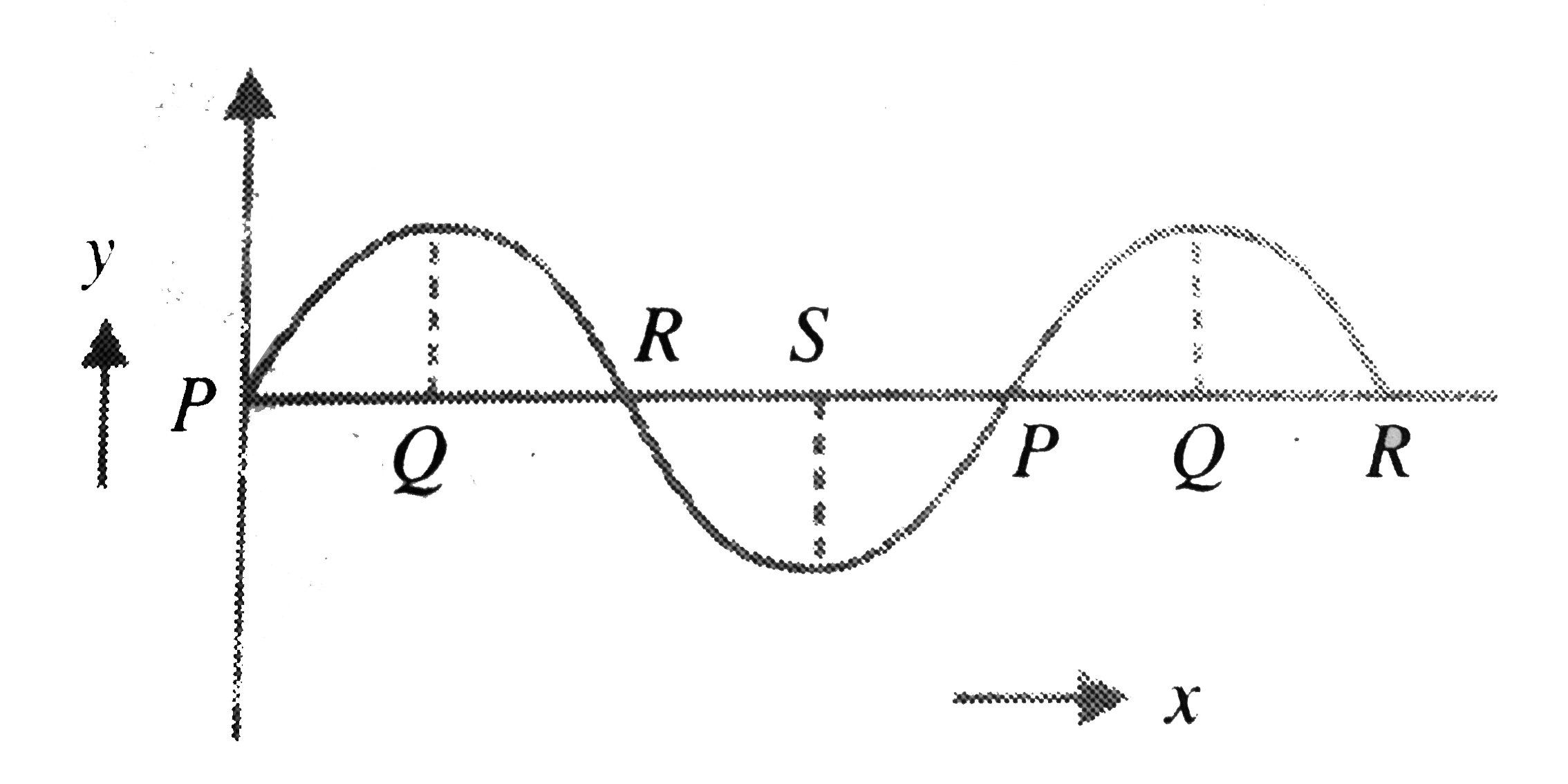Given below are some functions of x and t to represent the displacement (transverse or longitudinal) of an elastic wave. State which of these represent (i) a travelling wave, (ii) a stationary wave or (iii) none at all y=2cos(3x)sin(10t)
The correct Answer is:(a) Stationary wave.
(b) Unacceptable funcation for any wave.
(c) Travelling harmonic wave.
(d) Superposition of two stationary waves.
Step by step video & image solution for Given below are some functions of x and t to represent the displacement (transverse or longitudinal) of an elastic wave. State which of these represent (i) a travelling wave, (ii) a stationary wave or (iii) none at all y = 2 cos (3x) sin (10t) by Physics experts to help you in doubts & scoring excellent marks in Class 12 exams.
Topper's Solved these Questions
- BOOK - RESONANCE ENGLISHCHAPTER - TRAVELLING WAVESEXERCISE - Exercise- 1 PART I23videos
TRAVELLING WAVES
- BOOK - RESONANCE ENGLISHCHAPTER - TRAVELLING WAVESEXERCISE - Exercise- 1 PART II30videos
TRAVELLING WAVES
- BOOK - RESONANCE ENGLISHCHAPTER - TRAVELLING WAVESEXERCISE - Solved Miscellaneous Problems7videos
TRAVELLING WAVES
- BOOK - RESONANCE ENGLISHCHAPTER - TEST SERIESEXERCISE - PHYSICS130videos
TEST SERIES
- BOOK - RESONANCE ENGLISHCHAPTER - WAVE ON STRING EXERCISE - Exercise- 3 PART II7videos
WAVE ON STRING
Similar Questions
Given below are some functions of x and t to represent the displacement (transverse or longitudinal) of an elastic wave. State which of these represent (i) a travelling wave, (ii) a stationary wave or (iii) none at all?
(a) y=2cos(3x)sin(10t) (b) y=2√x−vt
(c) y=3sin(5x−0.5t)+4cos(5x−0.5t) (d) y=cosxsint+cos2xsin2tView SolutionGiven below are some functions of x and t to represent the displacement (transverse or longitudinal) of an elastic wave. State which of these represent (i) a travelling wave, (ii) a stationary wave or (iii) none at all?
(a) y=2cos(3x)sin(10t) (b) y=2√x−vt
(c) y=3sin(5x−0.5t)+4cos(5x−0.5t) (d) y=cosxsint+cos2xsin2tView SolutionGiven below are some functions of x and t to represent the displacement (transverse or longitudinal) of an elastic wave. State which of these represent (i) a travelling wave, (ii) a stationary wave or (iii) none at all?
(a) y=2cos(3x)sin(10t)
(b) y=3sin(5x−0.5t)+4cos(5x−0.5t) (c) y=cosxsint+cos2xsin2tView Solutionwhich of the following function corrtly represent the traveling wave equation for finite values of x and t ?
View Solutionwhich of the following function corrtly represent the traveling wave equation for finite values of x and t ?
View SolutionGive below are some functions of x and t to represent the displacement of an elastic wave.
(i)y=5cos(4x)sin(20t)
(ii) y=4sin(5x−t/2)+3cos(5x−t/2)
(iii) y=10cos[(252−250)πt]cos[(252+250πt] (iv)y=100cos(100πt+0.5x)
State which of these represent
(a) a travelling wave along-x direction
(b) a stationary wave
(c) beats
(d) a travelling wave along +x direction
Give reasons for your answers.View Solution
Figure. Represents the displacement y versus distance x along the direction of propagation of a longitudinal wave. The pressure is maximum at position markedView SolutionThe transverse displamcement y(x,t) of a wave y(x,t ) on a string is given by yox, t) = . This represents a
View SolutionWhich of the following equations represent a transverse wave travelling along- y axis ?
View SolutionDoes a travelling wave in one dimension represented by a function of a linear combination of x and t,i.e., y=f(ax±bt) represented a travelling wave?
View Solution

